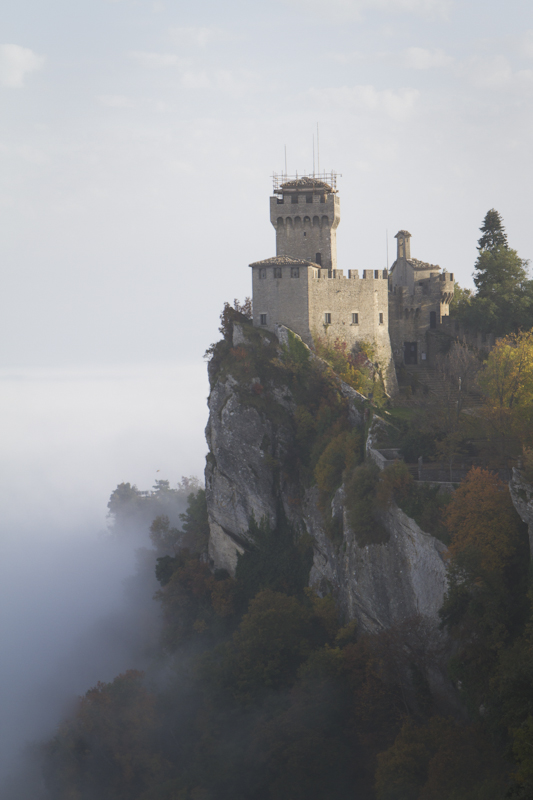
“Oh come on, ‘I’ for Italy!”
“What’s the problem?” Tomoko asked, buckling her seatbelt and settling in for a drive.
“It looks like my recently updated sat nav has maps for all of continental Europe…except Italy.”
We were sitting in the rental car lot at Bologna airport. Night was falling. I’d never been to this part of the country before, and we had to get to the town of Faenza that same evening.
“Why don’t you just go back inside and rent a sat nav from Avis?” she said, taking on the Voice of Reason.
“Out of the question,” I said, tossing my useless device into the back seat. “It’s too far, and there was a long queue.” I turned the key and started the engine. “We’ll just have to guess.”
Hunger and a missed lunch had transformed the exit routes into a tangled spaghetti of options, but we made it out to some sort of junction, where we were confronted by a series of expressways that led to every corner of the country. One wrong move could land us in Sicily.
And then I saw a sign that read A14 Ancona.
“Ancona. I know that name from somewhere…”
“Are you sure?” Tomoko asked as I swerved into the lane.
“Can you reach my suitcase from here? There’s a book in the pocket that has diagrams at the front.”
And so we navigated to Faenza using maps of the Byzantine Empire.
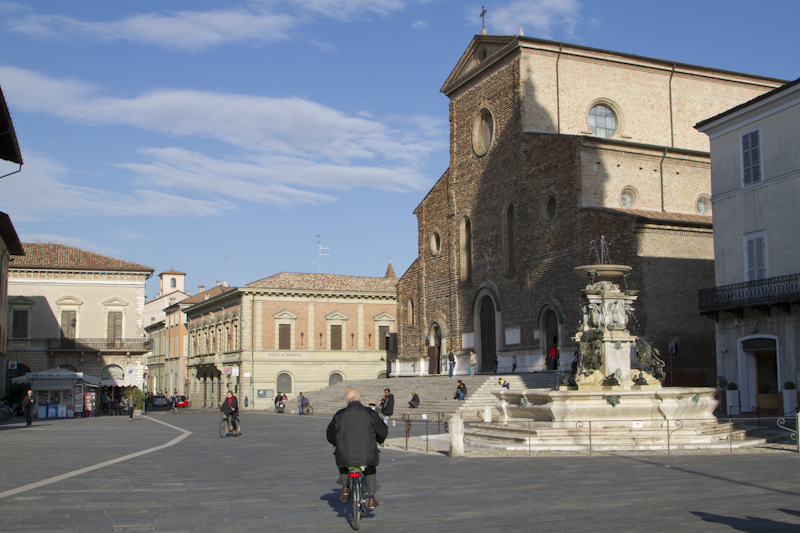
The much-maligned Byzantine Empire would set the tone for our trip. Yes, the centre of power was always Constantinople (which is, of course, known as Istanbul today). But Ravenna was an important power centre in the disintegrating Western Roman Empire, and we would spend most of our time exploring this world.
But first, we had an event to attend. We’d come to this corner of Italy to visit Faenza’s Museo Internazionale delle Ceramiche—the world’s biggest museum of ceramic arts—because they were featuring Tomoko’s “Tokyo Lost & Found” photographs as the modern bookend to an exhibit on Japanese traditional and contemporary ceramics.
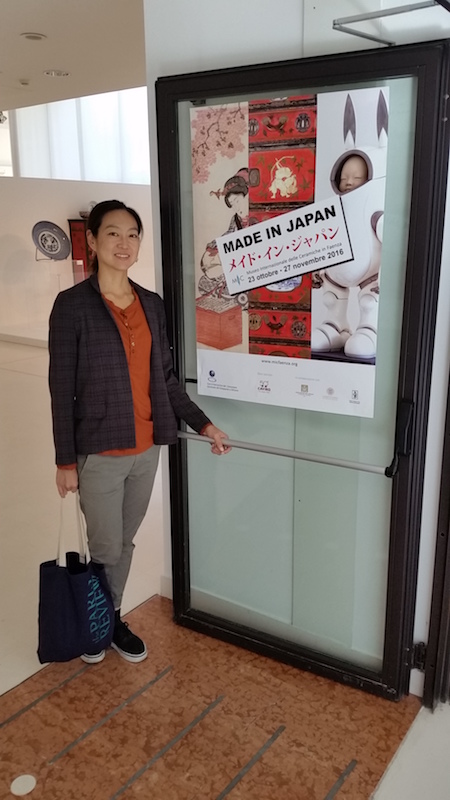
The town’s name has become synonymous with the majolica-ware glazed pottery that has been produced there since ancient times, coming down to us today as faience. And its medieval Piazza del Popolo, with its high Renaissance cathedral, provides a wonderful echoing stage for late night strolls through the past.
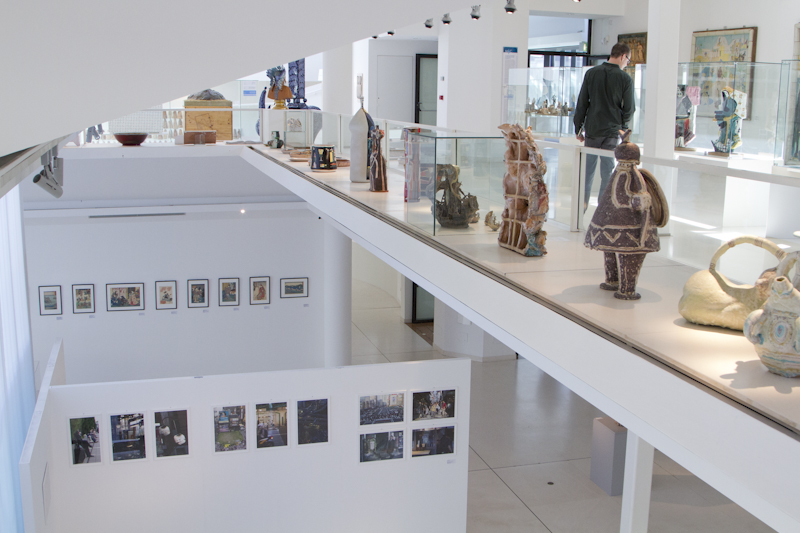
We attended the exhibit opening, with its speeches and Consular guests. And then we had an intimate dinner with the museum’s director and the artists who had flown in from Japan. It was a lavish, multi-course affair featuring typical cuisine from Italy’s province of Emilia-Romana: a chewy risotto with pine nuts and cream, delicate curried soup with prawns, and a tender slice of pork. And to wash it all down, a glass of Lambrusco—the region’s fizzy red wine—followed by lashings of soft silky Sangiovese, for which the vineyards of the area are justly famous.
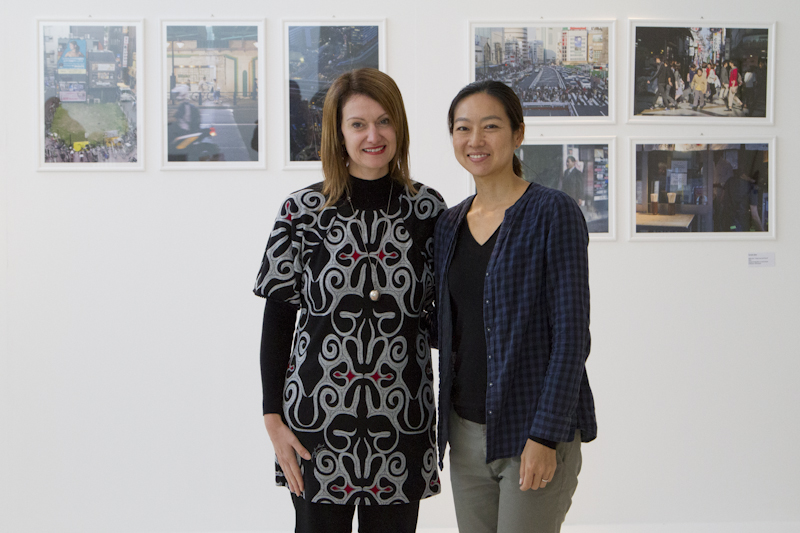
And when the event was over, we fired up our rented Fiat and set out to explore the cooling embers of western civilization in Ravenna, where one half of the Roman Empire took its last glorious gasp.
For three centuries, beginning in AD 402, Ravenna was the capital of the Western Roman Empire and seat of the Byzantine governor. It was also the seat of the sixth-century king of the Ostrogoths—and Byzantine vassal—Theodoric the Great.
The extraordinary mausoleum that Theodoric built for himself still stands on the outskirts of town, beyond the old city walls. John Julius Norwich, in the first book of his three-volume history of Byzantium, writes that it “perfectly symbolizes, in its half-classical, half-barbaric architectural strength, a colossus who himself bestrode two civilizations and lost no opportunity to promote and increase the harmony between his people and the citizens of Rome.”
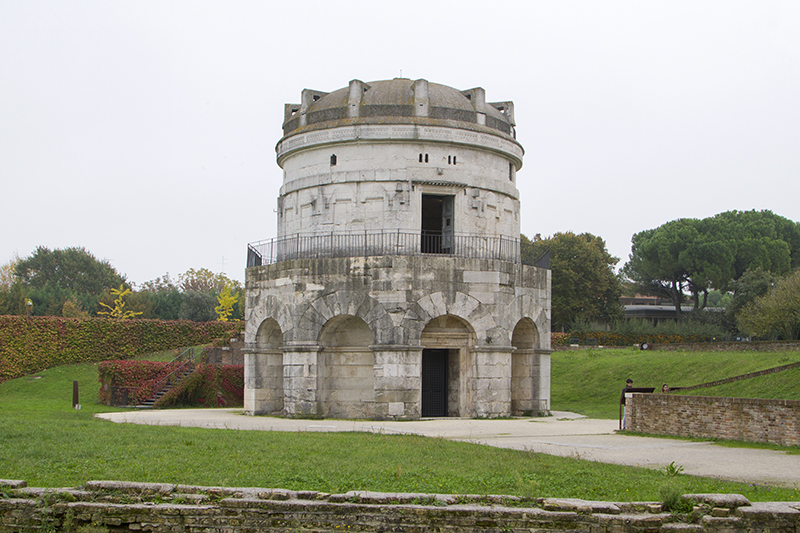
The interior is bare of decoration. There is only a massive granite sarcophagus at the centre of the upper floor, with no sign of the temporary stairway which must have been destroyed after the great king’s corpse was sealed inside.
But few people were visiting Theodoric’s tomb on the overcast day we chose to pay our respects. They were in the town centre exploring Ravenna’s most famous contribution to western civilization: mosaic art.
The art of the Middle Ages is heavy on Christianity, and the Byzantines even took that to extremes. It’s difficult for us to understand today just how passionately involved people from all classes of society were in arguing over obscure niceties of theological doctrine, but that splitting of divine hairs was their world.
I’ve seen my share of Roman floor mosaics, so I expected a few colourful panels with biblical scenes. And from the outside, the typical Roman brick architecture of these churches is very plain. Nothing prepares you for the startling visions you’ll experience inside. As we entered the Basilica di San Vitale, my first glimpse literally stopped me in my tracks. My back stopped Tomoko in her tracks, too.
“What the hell are you doing?” I heard her mutter in Japanese from somewhere deep in the folds of my hood. And then she said, “Oh….”
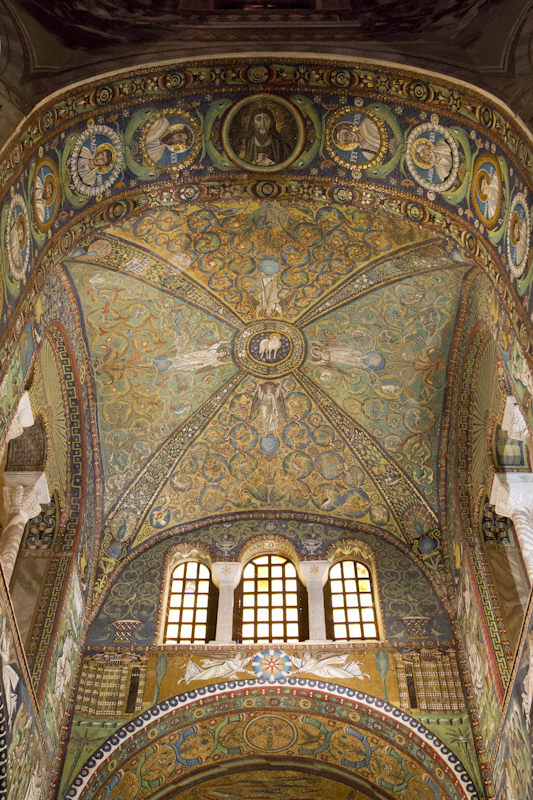
The apse and panels around the altar were as though encrusted with jewels. Gold was the dominant hue, but as my eyes adjusted I picked out the soft green of grass and trees, rich sky blue, the beige and browns of robes, and the odd scarlet of a cloak. The most important mosaic panels in this church—and the ones I had come to see—depict the Emperor Justinian and the Empress Theodora in the full glory of their imperial regalia, in vividly “human” portraits which must have been taken from life.
Behind this basilica, within the same grounds, you’ll find the much smaller mausoleum of Galla Placidia, daughter of emperor Theodosius II and later regent to Valentinian III. The outside is again clad in plain brick, but inside, everything from the top of the wall up has been carefully covered in a colour I’ve come to think of as Afterlife Blue. The glitter of gold marks out figures and scenes, and everything is illuminated by natural light coming in through panels of marble sliced paper thin, giving the effect of soft lanterns.
But this was only the beginning of the Byzantine delights Ravenna had in store. There are eight important UNESCO-listed sites, and most are in the centre of this very walkable town.
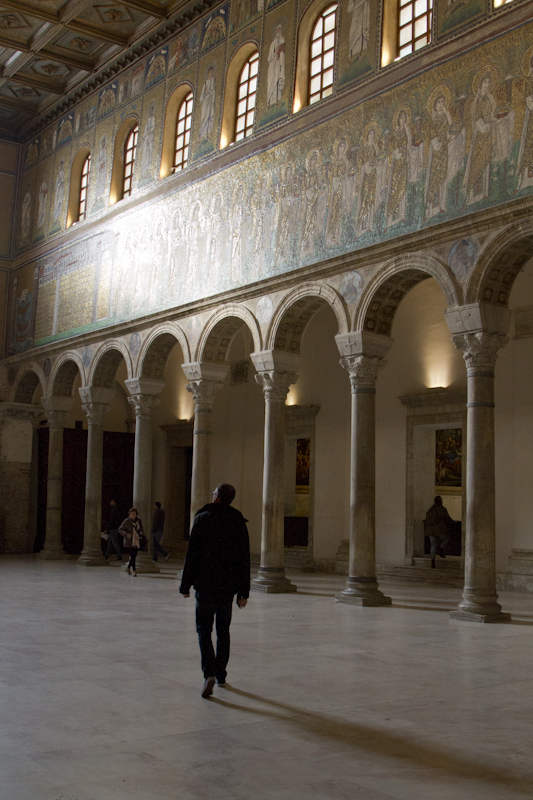
You’ll also find two important medieval baptisteries. One, the Arian Baptistry, is a tiny structure hidden down an alley behind a modern shopping complex. It holds a wonderful mosaic in its dome, and is the only Arian baptistry to survive with decorations intact among the world’s ancient sites.
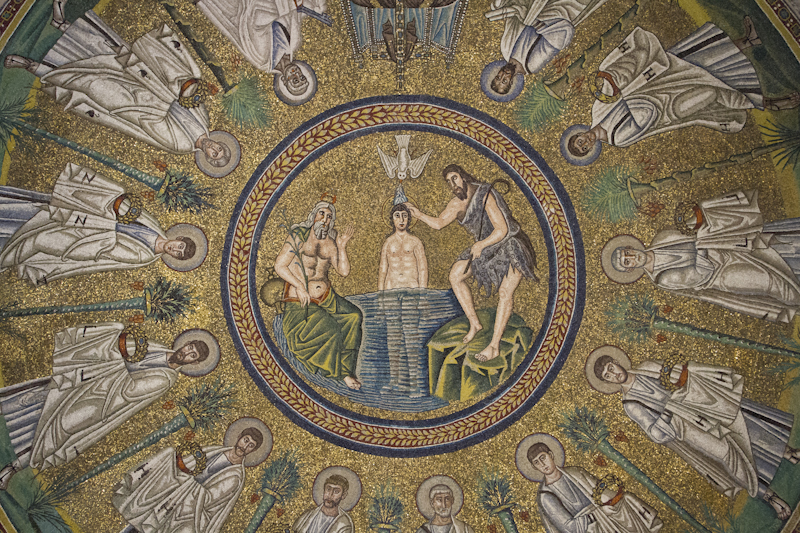
The other is a more orthodox edifice called the Neonian Baptistry. It likely began as a Roman nymphaeum, but the large marble bath at the centre later became a sort of holy plunge pool for Christian baptism by full immersion. The dome is a marvel of blues and gold, with a blue so deep it gives the gold an almost greenish hue. At the centre we see Jesus being dunked by John the Baptist, while an old man—the river Jordan personified—looks on, and the 12 apostles in full figure orbit the scene.
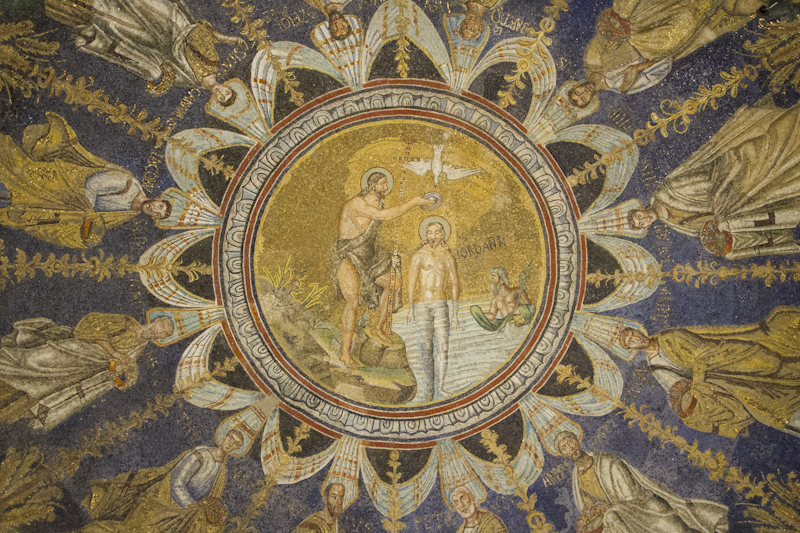
I lost myself in this jewelled world until my neck ached from the strain of looking up. And then we walked into the building next door, where the Chapel of St. Andrew contains one of the most unique depictions of the saviour I’ve ever seen. It’s a mosaic of a warrior Jesus clad in Roman armour. He’s stepping on the serpent with one foot and a lion with the other, as he stands strong with a cross over his right shoulder and a book in his left hand.
The walls around him feature frescos—paintings on wet plaster—rather than mosaic, and they are strewn with harsh words condemning the Arian heresy. For those whose obscure theology is a little rusty, Arianism was named for a fourth century Christian priest in Egypt who vigorously promoted the idea that Jesus Christ was not of one substance with God the Father but was created by him. This went against the party line that Christ possessed two inseparable natures, the human and the divine. This tableaux was a reminder of a time of violent schism in the history of the early church, when warriors were needed more than monks.
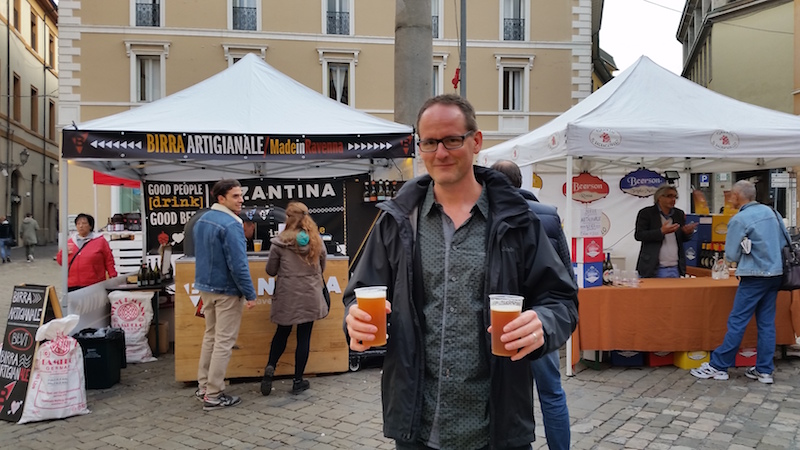
All this walking was thirsty work, but divine providence—or more likely Dionysus, the Greek god of wine—was with us. We stumbled into a local wine festival at the centre of town. Sangiovese was flowing freely, regional craft beer stalls held the fringes, and a trio of vendors sold the traditional sandwich of the area: the piadina, thin soft bread filled with arugula, dried ham and cheese, and lightly grilled.
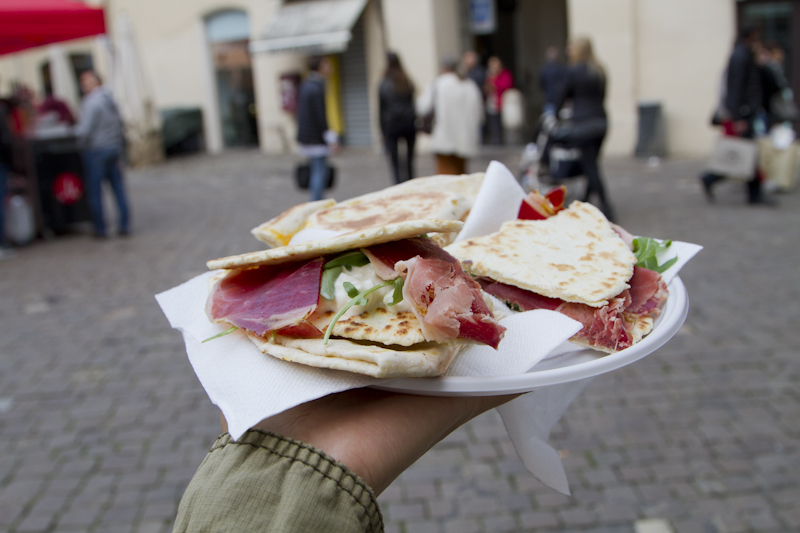
There are entire magical worlds to explore in Ravenna, and you’ll be amazed by them even if you aren’t very interested in art. But there’s one more curiosity nearby which I recommend you take time to explore.

If you’re in the area, you might want to make the hour-long drive to visit one of the world’s smallest independent countries. No, not Vatican City—although that’s in Italy too. I’m talking about the tiny mountaintop Republic of San Marino.
The Most Serene Republic began as a monastic community formed on the peak of Monte Titano on the 3rd of September, AD 301. It claims to be the world’s oldest surviving sovereign state, with a constitution written in Latin in the late 16th century. And it was the only city state to remain independent when Garibaldi unified Italy.
There’s really nothing flat in this little 61-square-kilometre nation on the edge of the Apennines. We wound our way up through the hills in third gear, climbing to the town of Borgo Maggiore, where a cable car station links the lofty capital—also called San Marino—to the land below.
“You may not want to bother,” said the man in the ticket window. “There’s nothing to see today, just fog.”
But we’d driven so far, and we were determined to explore the tiny mountaintop town. The cable car shuddered and began its smooth climb. Within seconds we were enveloped by cloud. The steel vanished below us like an anchor rope disappearing down and down and down into a murky sea. And then we emerged into sunlight and entered another world entirely.

There were no views of the Adriatic that day. We were above the clouds, where nothing existed from the world below save the peaks of two distant mountains. A slowly swirling silvery grey filled the valley below like a sea or a rolling mass of land. And then the sun played upon it and transformed it to an iridescent pearl that we knew couldn’t possibly last. Even the café waiters on the Piazza d. Liberta set down their trays and walked over to take a photo.
When it was over and the moment had passed, we ascended through the winding streets of the town to the first of San Marino’s three defensive towers. We climbed to the highest point, where the building clings to the sheer precipice of Monte Titano. And from there, we simply sat in silence and looked across at the Second Tower, the Ceste. The rocky peak below us was wrapped in swirling clouds, and the tower seemed to emerge from the sky itself, like a castle built in the air of a dreamer.
Exactly the sort of dreamer who would attempt to navigate modern day Italy with a map of the Byzantine Empire—and succeed.

Photos ©Tomoko Goto 2016

Get your FREE Guide to Creating Unique Travel Experiences today! And get out there and live your dreams...

Between this and Cullen Murphy’s article in The Atlantic in 2006 about Ravenna, ‘In The Footsteps of the Last Roman Emperor’, I’ll be going. Thanks.
Great to hear, Conor. The mosaics are really incredible. None of the photos I’ve seen do them justice.
Thanks Ryan. Best I can say to that is Colin Wells ‘Sailing to Byzantium’ and a British Art Museum exhibit on the Byzantine empire circa 2008.
I added the Colin Wells book to my list. That sounds really good. Hope you’re well during these strange locked down times.